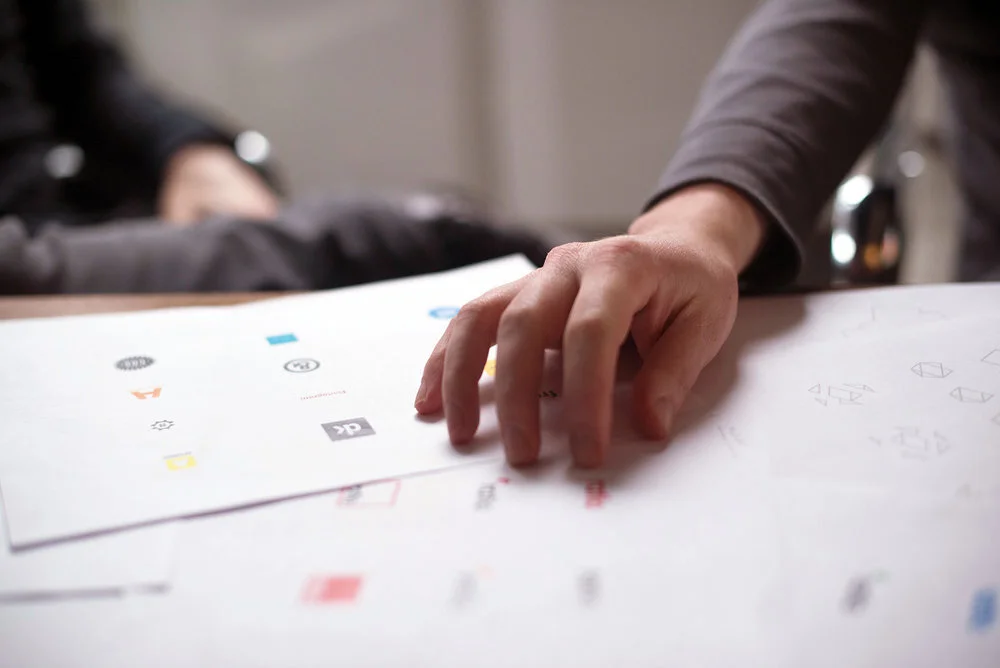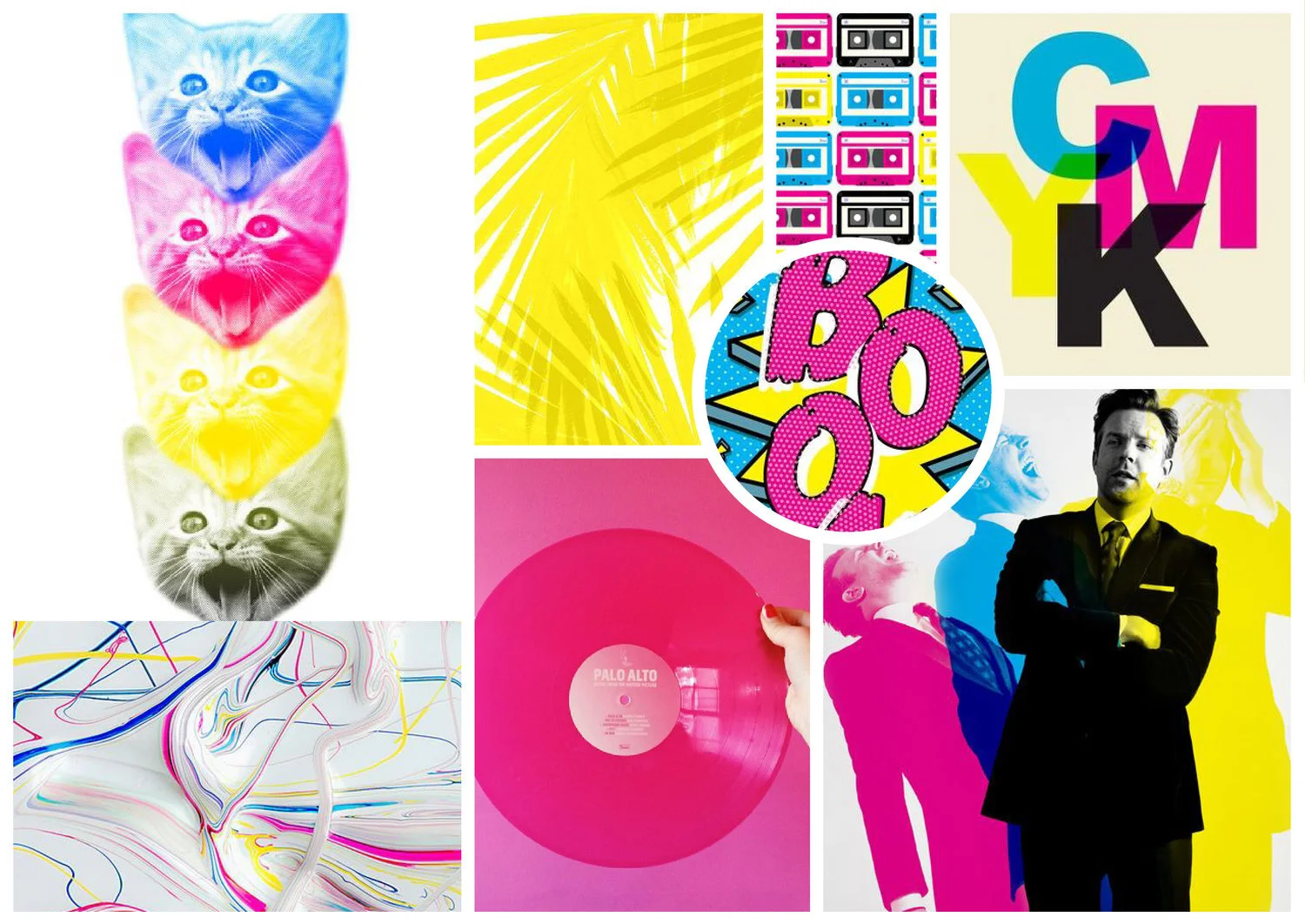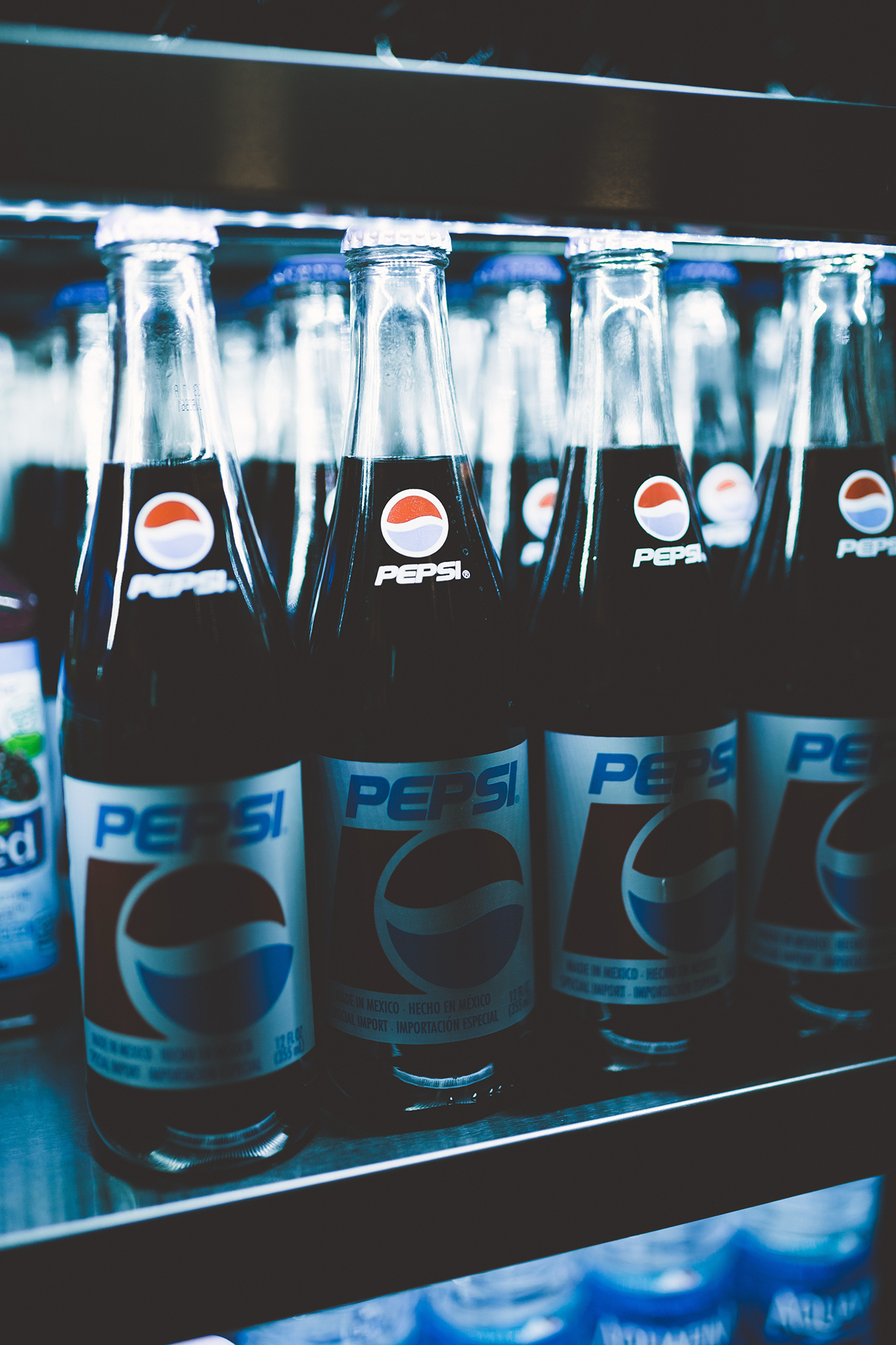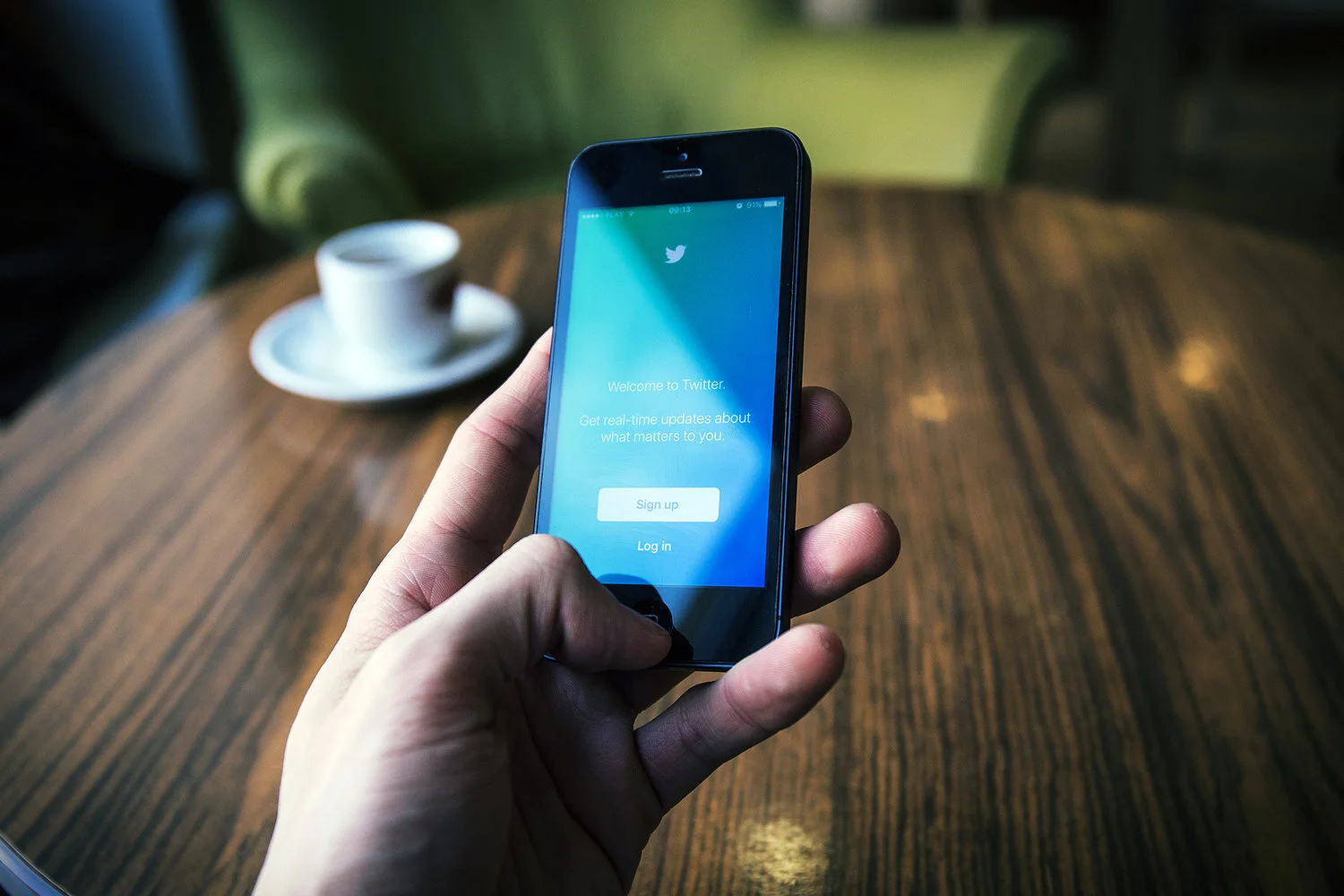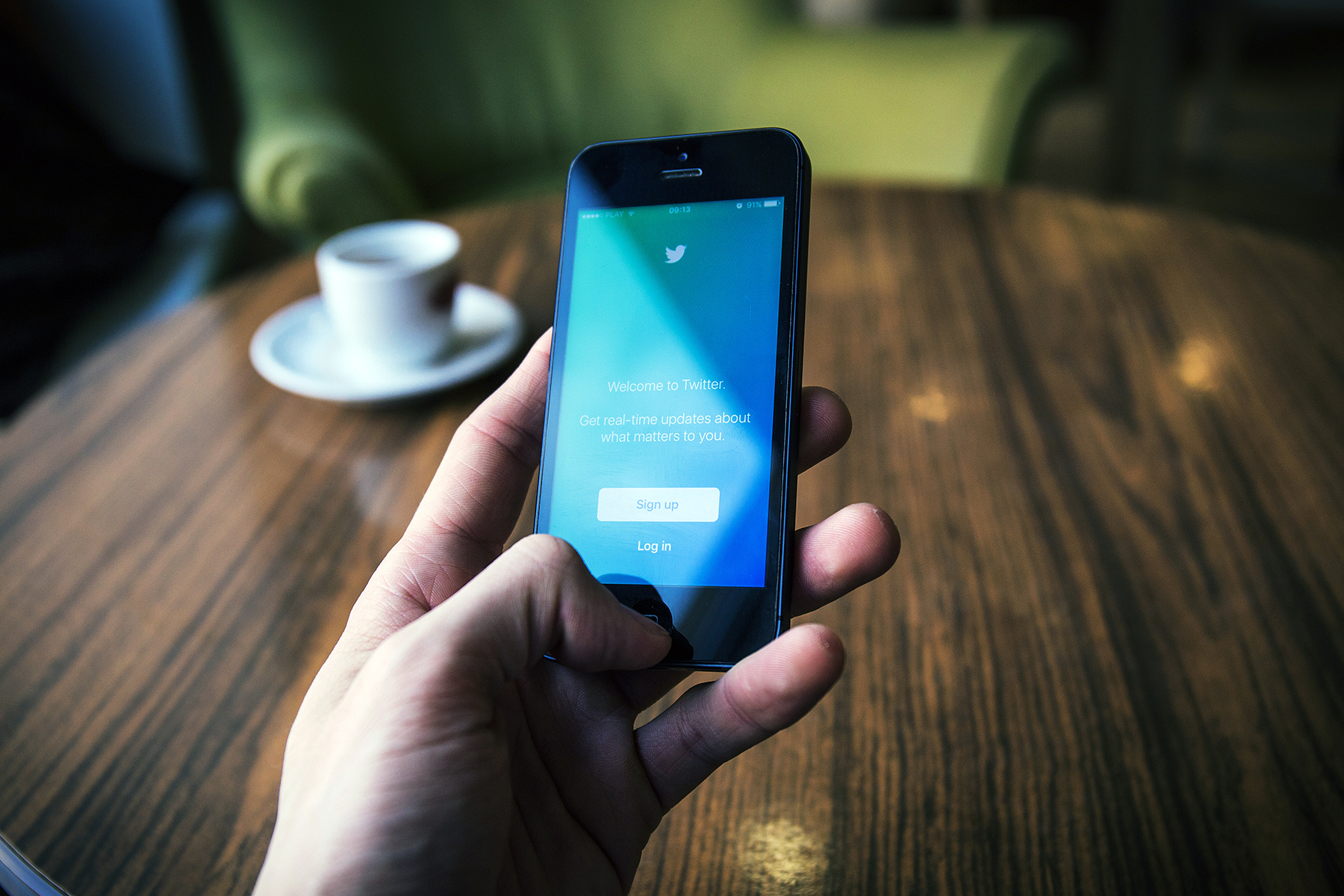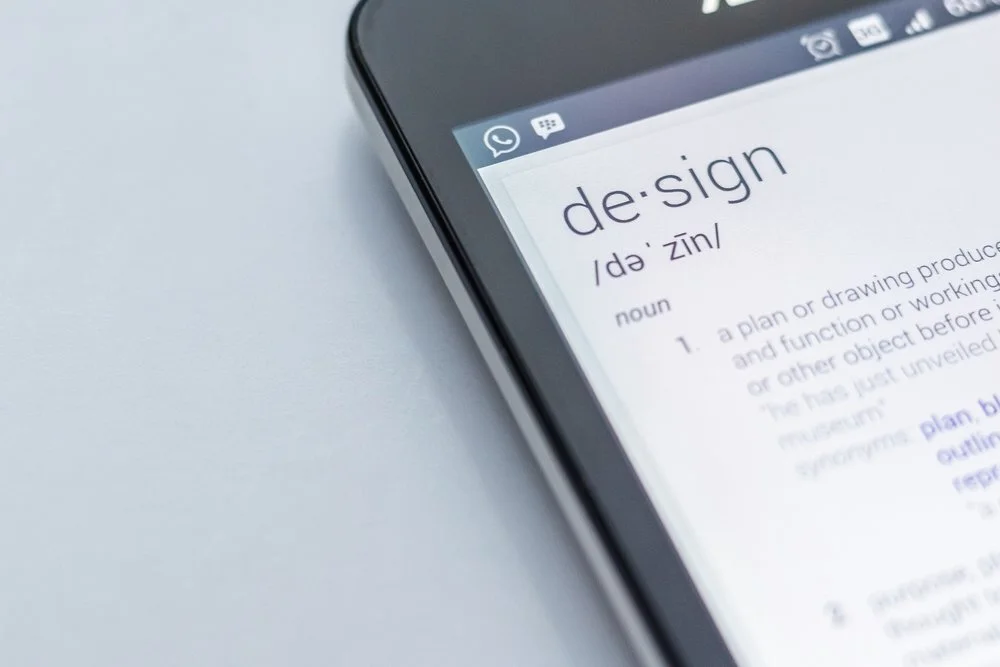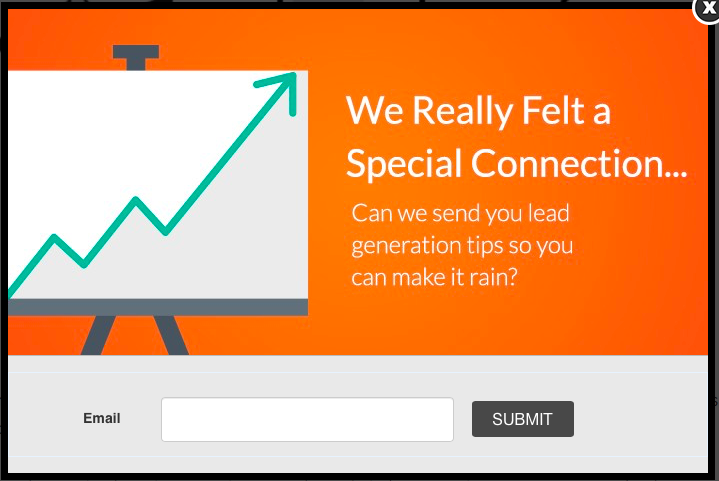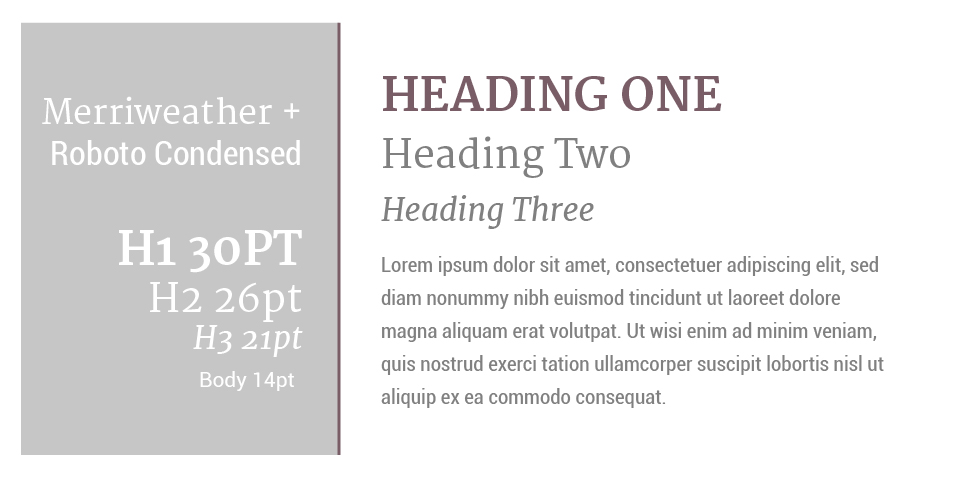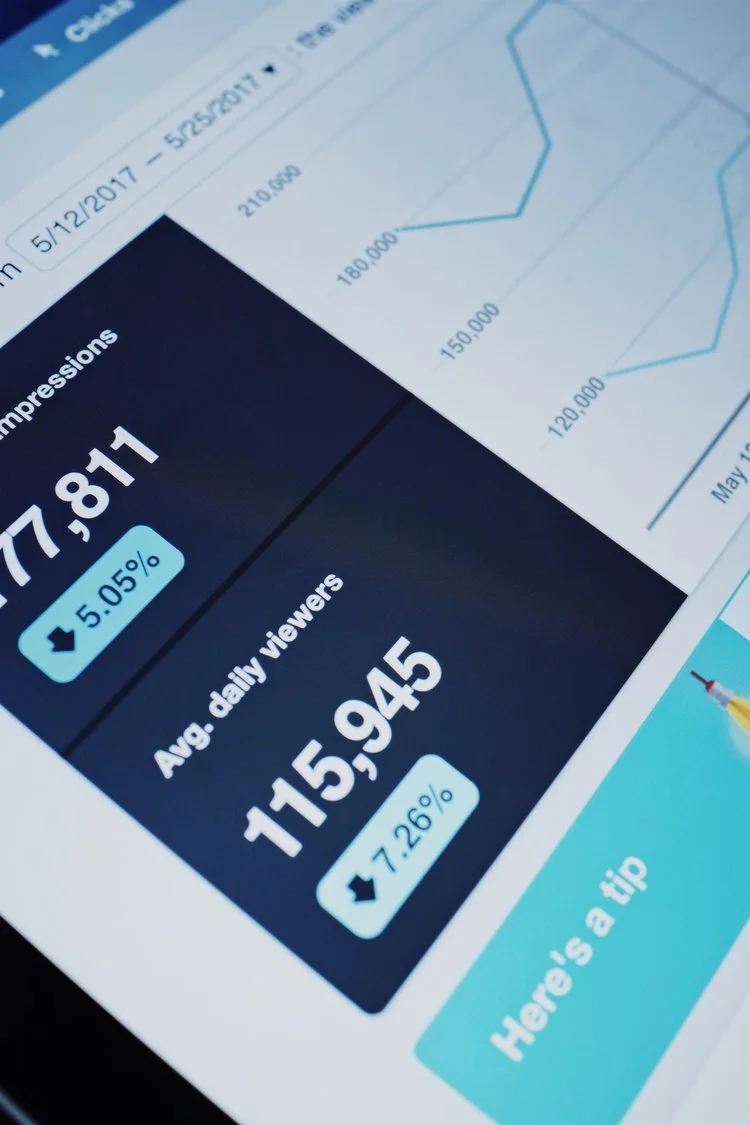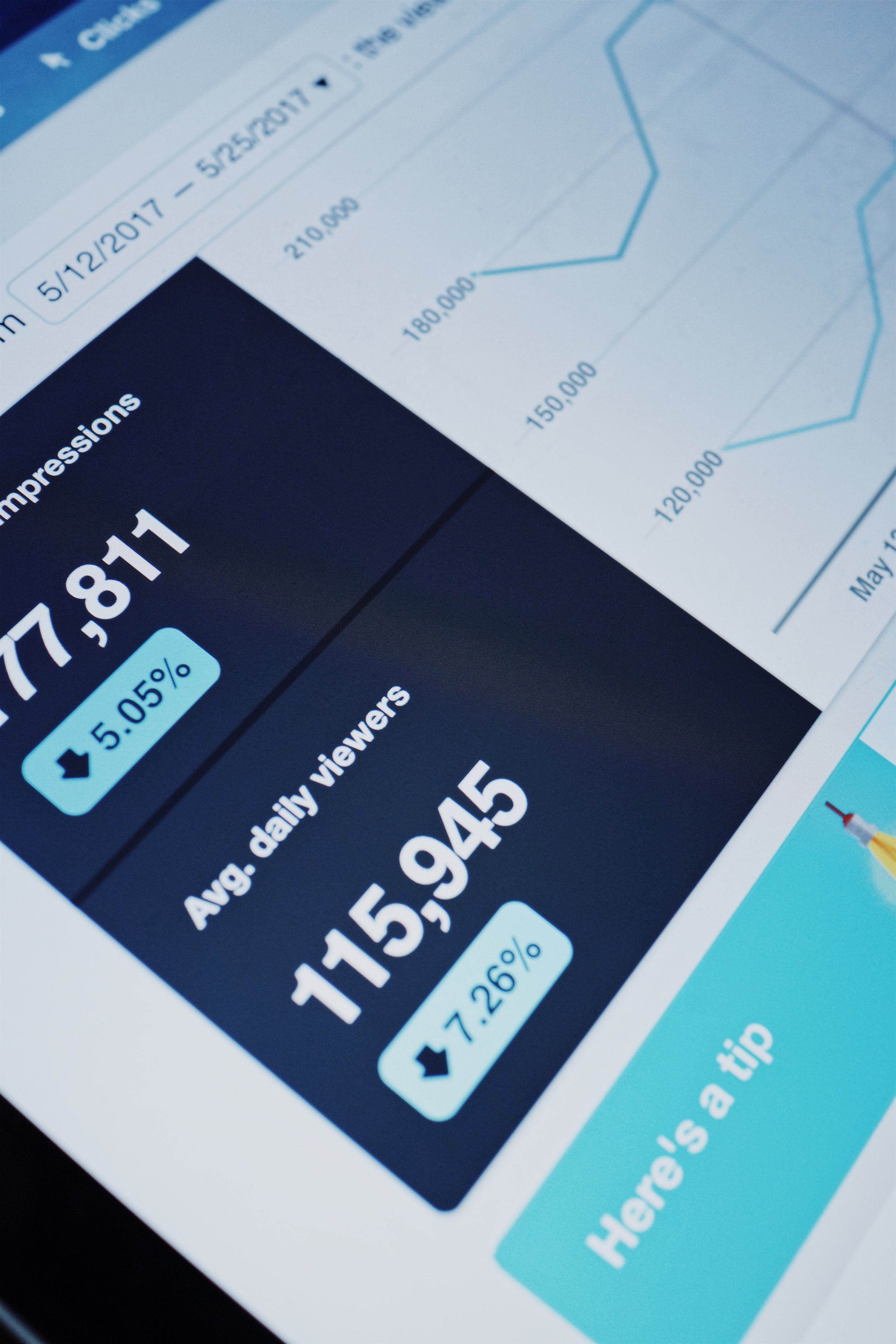When business is booming, it’s easy to put blogging on the back burner. If you blog frequently, it can seem logical to cut back on something that can require a lot of your thought, time, resources, and skill. However, investing all that time and skill has a very real payoff -- 74% of businesses say that engaging blog content increases their quality and quantity of leads. Surely worth the investment, right?
There are umpteen reasons you need to be blogging, but for the purpose of this post we’ll focus our attention solely on some of the top SEO and brand authority benefits.
Blogging is a staple part of your SEO strategy
Linking
First and foremost, blogging gives you significantly more opportunity to link internally. The logic is simple -- the more quality content you have on your site, the more relevant pages you can point visitors to.
The second opportunity comes in the form of external links. If you’re pushing out engaging, authoritative, and useful content, other sites will want to link to it, so that they can add value to their audience, too. Evergreen content (timeless content that attracts both first time and repeat readers) is especially great for this, because it can earn you links until the end of time - for free!
Enhance your engagement
Blogging not only helps to get visitors landing on your site, but it helps to retain them too. So, why does this matter? Low bounce rates and longer session durations are signs that you’re providing people with quality content, which is exactly what search engines look for when serving people search results.
Long-term, this will boost your rankings and help you come up higher in a Google search.
Target your keywords
Blogging is the perfect platform to target all your keywords – as long as you’re incorporating them organically, of course. It allows you to answer the questions your audience is asking, to engineer your content strategy towards what’s being searched for, and to produce intent-based blogs that help to convert.
The end result? Higher rankings, greater organic visibility, more traffic and an increase in sales.
Blogging build your brand’s authority
Become an industry leader
By pushing out timely, high-quality, accurate, and interesting content on a regular basis, you’ll prove yourself as a leader in your arena. People will trust you. When they’ve got a question, they’ll come directly to you. They’ll recommend you to others. And they’ll build a rapport with you without a single word being spoken.
They’ll keep on coming back
Great quality content wins lasting relationships. Poor quality content turns people away. One less than interesting article can lose you a visitor for life - it sounds extreme, but it’s true. Cast your mind back to a time when you landed on a poorly put together piece of content: what impression did it leave? And, how fast did you click away from that site?
Get your name out there
Having a regular flow of posts helps you get your business out there. Whether it gets traction from external sites, is shared on social media, included in your weekly newsletter or promoted in paid ads, it gives you something to shout about. Without it, you’ll soon run out of things to say.
So, that’s it for our handpicked pros of blogging. What else do you need to know? Leave us a comment below!
GRAPHIC DESIGN FOR GREENSBORO, NC AND BEYOND
Let us take the headaches out of managing your blog. Whether you need help developing keywords, creating fresh content, or moderating comments, Hue & Tone Creative has you covered. Contact us today.














